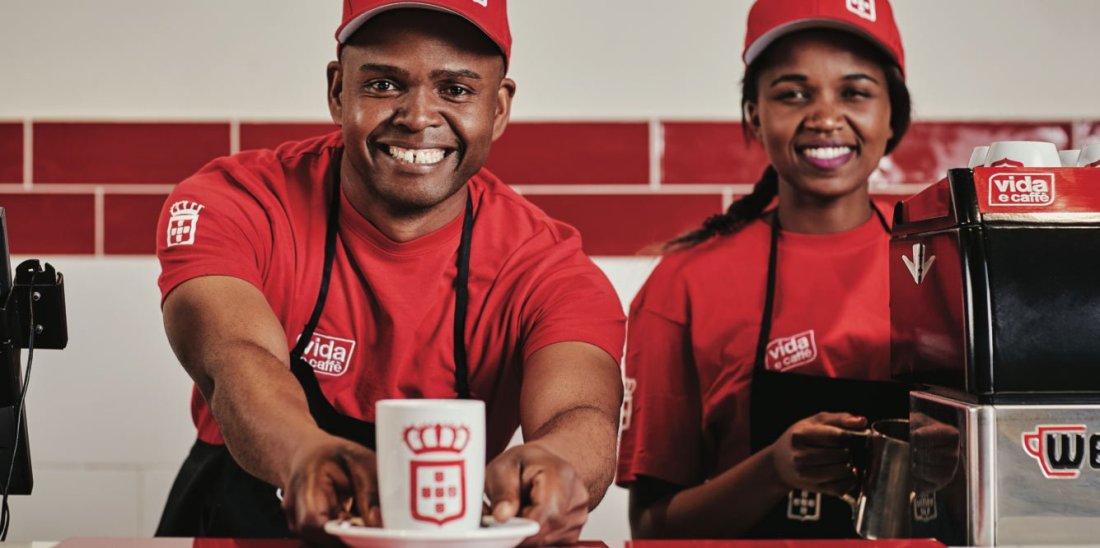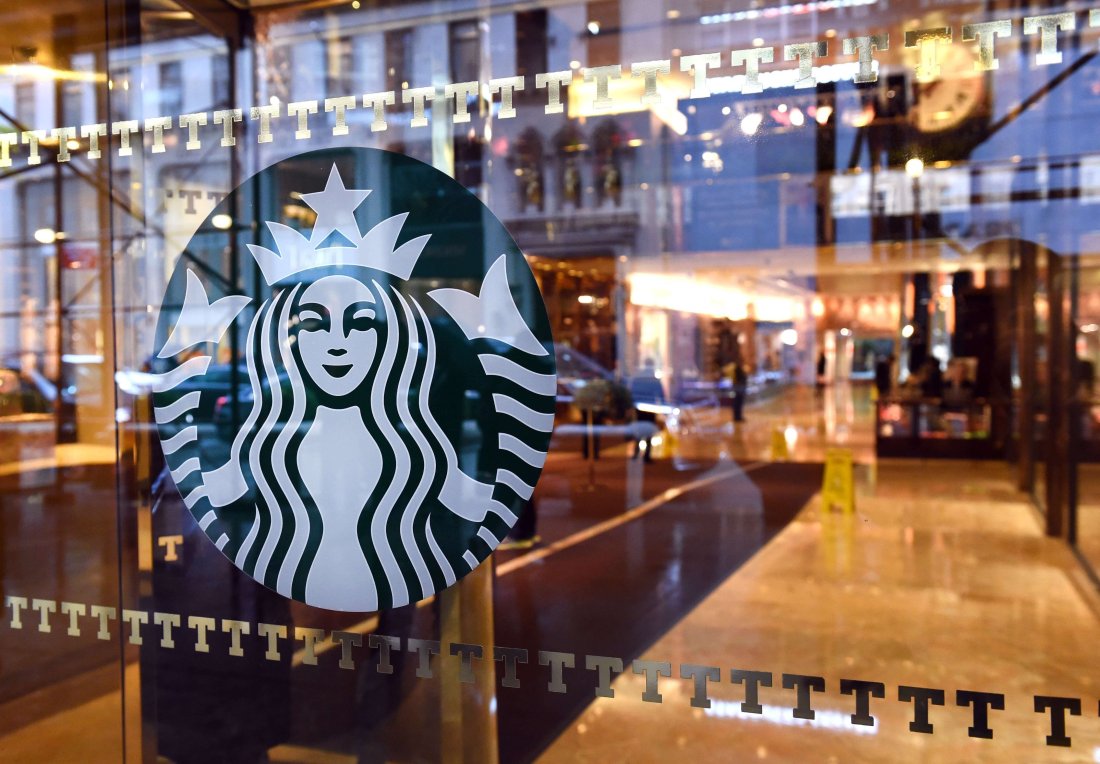As Yuppiechef continues to grow and develop so too does its brands. The business needs to consider and implement a strategy for growing brands. It is important for Yuppiechef to assess their current situation as well as look for ways to grow in the future. Yuppiechef can venture into new product categories using extensions (line, brand and concept extensions) as well as other options such as co-branding, multi-brand, and endorsement strategies.
Yuppiechef is South Africa’s premier (online) kitchen and homeware store that sells primarily third-party products. Their goal? To offer consumers the best kitchen and home products – and to be the very best at doing it.
Synonymous for innovation, uncompromising quality and adding value to their customer’s lives, through convenient shopping, superior products, and customer experience. The brand’s mission focuses on bringing “people together through the cooking and sharing of good food”.
Yuppiechef was founded by two friends, Andrew Smith and Shane Dryden, from a love of kitchen tools and a passion for cooking, the brand initially started with thirty-two products and has grown to over eight thousand, stocking a range of three hundred of the world’s leading brands.
The e-commerce pioneer predicted that the future of retail in South Africa was online… 11 years later and the brand has admitted that they were wrong. Yuppiechef recently opened their first physical retail store in October earlier this year. Co-founder Andrew Smith says the reason for this decision was due to a rise in customer demand for a brick and mortar outlet as many consumers wanted to experience the brand “in the flesh” and are still hesitant of online shopping.

Image source: http://www.arrcc.com/wp-content/uploads/2017/01/Yuppiechef-Willowbridge-Store-16.jpg
For many South African consumers (including myself), shopping is one of our favourite past-times. Many, still prefer the physical store experience – browsing, getting advice, being able to touch products and the immediacy of the purchase.
Smith says that he and the team at Yuppiechef — believe the future of retail is omnichannel, a combination of physical stores and e-commerce and I couldn’t agree more!
The future outlook of Yuppiechef should align with the company’s vision and strategic goals. Yuppiechef will need to increase the number of physical retail stores in order to grow its business and brand as well as ensure that a seamless consistent brand message is communicated both online and offline. The brand will also need to encompass brand growth strategies for the benefit of the brands future.
Yuppiechef could market their offering (market penetration) to further reach their intended market, present the same offering to a new market (market development), create an entirely new product offering and present it to a new market (diversification), or provide new product offerings to their existing market audience.
A brand extension strategy (market penetration) could potentially help Yuppiechef extend its product offering to their range to include more kitchenware and perhaps food and drinks. By leveraging Yuppiechef’s strong brand name and the quality associated with the brand, consumers will be more inclined to engage the brand in a new product category.
There are a number of advantages to brand extension:
- Consumers are already aware of the brand name
- Yuppiechef can make a profit in a different department
- Sales can increase
- Awareness of the Yuppiechef brand through promoting new products
- Reduces the risk associated with purchasing a new product
Disadvantages include:
- Brand image can be weakened
- Extensions can cannibalize the existing products of the brand when they are positioned in a close market
- Product extension if completely unrelated could result in confusion and skepticism amongst consumer group
Since its launch, Yuppiechef has expanded its product range to include many international brands as well as their very own Yuppiechef range of kitchen products. This has been the key differentiator for the brand as they are able to promote a line of products that can’t be bought elsewhere. Yuppiechef has ensured that all the branded products align with the look and quality of the overall Yuppiechef brand image.
Yuppiechef’s branded range of kitchenware products were initially designed to fill the gaps within the brand’s existing portfolio, offering customers more choice within a particular category and at a different price point.
I would suggest that Yuppiechef continue to develop their line extension, offering consumers a wider range of affordable own-brand products, which will ultimately enable the brand to reach a wider audience. By leveraging Yuppiechef’s brand name and resonance, products are given a more competitive edge. Advantages of Yuppiechef integrating this extension gives customers more option to choose from as well as more variety of existing products.
Other advantages include:
- Potential profit increase (as new products can equate to more sales)
- Brand awareness (more products and sales, Yuppiechef can gain increased recognition in the marketplace)
- The brand is able to sell more products to current customers
- Attract new customers who prefer the differentiated features of the new product line extensions
- Competitive barriers (a broader range of products within the same product category, closes the gap for competitors to enter the marketplace)
“In many markets, the development of product-line extensions is a competitive reality. As product categories evolve, a company must continuously adapt its product lines.” —Bruce G.S. Hardie and Leonard M. Lodish
Disadvantages include:
- Line extension being copied by competitors
- If perceived negatively by consumers it has the potential to damage the overall reputation of the Yuppiechef brand and other products in the brand portfolio
- Line extension is a favourable choice by many brands and has resulted in the consumer being harder to reach
Should Yuppiechef want to expand their presence internationally, they could make use of endorsement strategies in these markets, whereby a celebrity chef is able to transfer their positive associations of their personal brand image to that of the Yuppiechef brand and vice-versa i.e. the chef only uses the best kitchen utensil and products (Yuppiechef brand) and Yuppiechef’s products are good enough to be used by the best chefs in the industry. According to Riezebos et al, an endorsement strategy can be used to stimulate acceptance of the brand and create fast sales. Through this strategy, Yuppiechef will gain acceptance from consumers in different markets.
Advantages include:
- Endorser is able to expand its portfolio and transfer positive associations of the brand name to the new brand
- Generally cheaper to implement this sort of growth strategy
- Can help brands that want to increase their global presence (as a strong corporate name will gather momentum with these sub-brands under an umbrella)
- Enhance consumer trust with associations
- Used to stimulate acceptance
- Create fast sales
- Creates a lower purchase barrier for consumers (as they will already be aware of the endorser brand)
Disadvantages include:
- Image may undergo changes in which case this can affect the brands they endorse
- The one brand name may overshadow the other brand name
- Consumers’ skepticism (consumers might not believe that the endorsers really consume the product that they endorse)
- Consumers give less credibility to celebrities who endorse many products
Yuppiechef has successfully built a brand that has thrived within the South African e-commerce environment, however for the brand to experience continued growth it will need to pursue one or a combination of the brand growth strategies mentioned above.

Image source: http://www.arrcc.com/wp-content/uploads/2017/01/Yuppiechef-Willowbridge-Store-10.jpg













